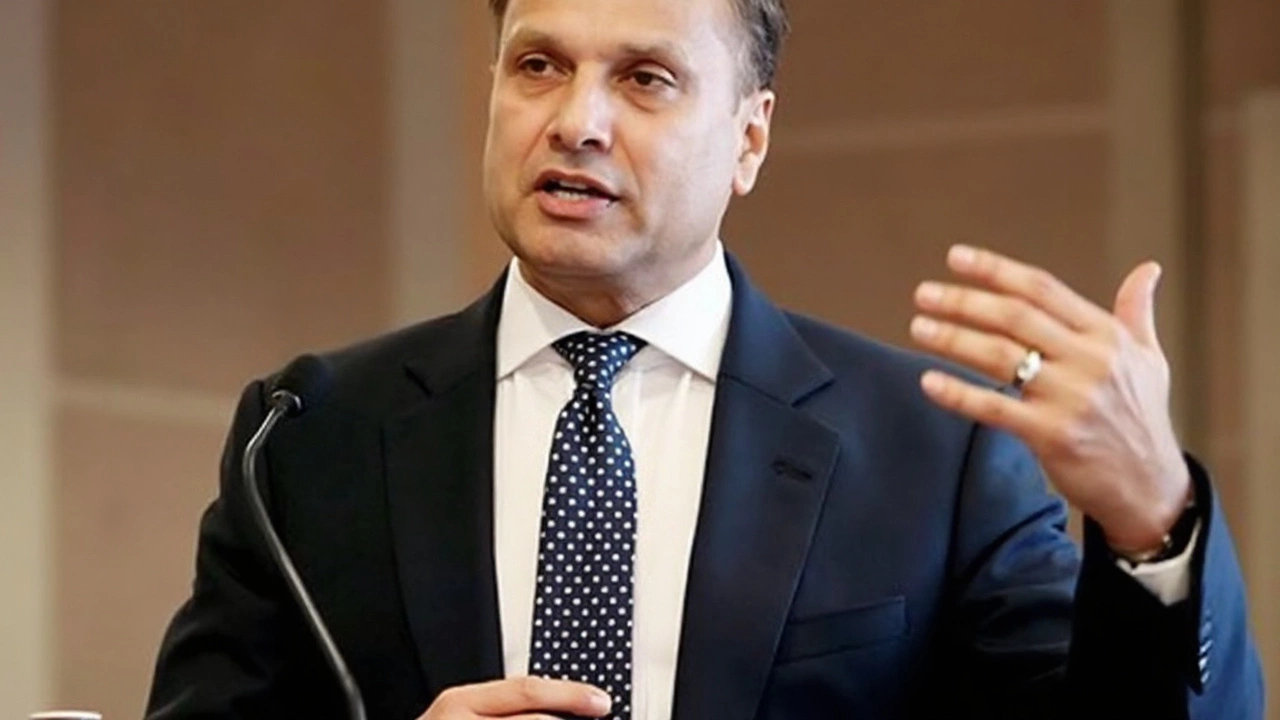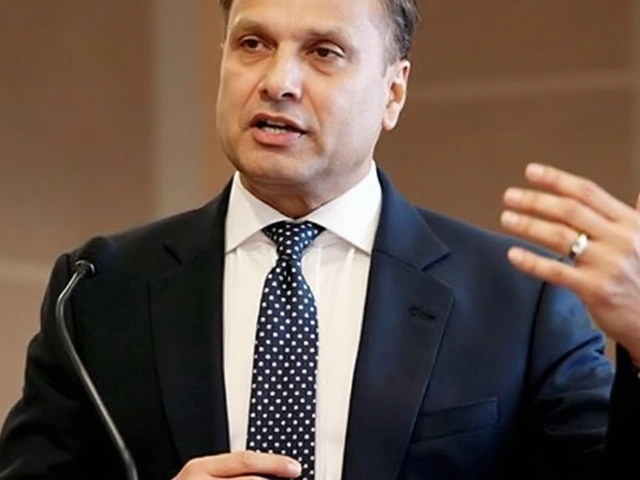Reliance Power Shares Jump After Major ₹2,000 Crore Bhutan Solar Project Deal

Reliance Power's Bold Solar Push Ignites Stock Rally
Investors got a jolt of excitement when Reliance Power shares shot up 19% to hit ₹53. The reason? The company is betting big on green energy abroad, locking down its largest solar project yet—right across the border in Bhutan. And we’re not talking about a small rooftop project. This is a massive 500 megawatt (MW) solar plant, making it the country’s biggest single private sector foreign investment in solar.
The deal is the result of a 50:50 joint venture with Druk Holding and Investments Ltd (DHI), Bhutan’s state-owned investment company that answers directly to the royal government. Both sides are putting money on the table: ₹2,000 crore, or roughly $235 million at today’s exchange rate. That’s a mammoth figure for a country whose entire population could fit inside some of India’s smaller cities.
This partnership isn’t just about building a shiny new solar park. It follows a strategic agreement that began in late 2024, which also includes the huge 770MW Chamkharchhu-I hydroelectric project. Put together, these deals are changing the India-Bhutan energy equation. For Reliance, it means real muscle in the region’s clean power game, adding to a portfolio loaded with 2.5 gigawatts of solar capacity in the pipeline and storage solutions to back it up.
Bigger Than the Numbers: What the Bhutan Solar Project Means
The upcoming plant won’t just be Bhutan’s largest—it’ll dwarf anything else in the kingdom’s small but growing solar sector. Until now, most of Bhutan’s renewable story was about hydropower sent down Himalayan rivers and exported to India. A solar project of this scale throws open a new chapter for the country’s energy independence, helping it diversify its grid while supporting its famously green reputation.
Reliance Power’s team isn’t wasting time. They’ve launched the process for selecting their engineering, procurement, and construction (EPC) partners, while already knocking on the doors of major banks and green financiers for sustainable funding. The plan is to wrap up construction by May 2027. Once operational, the plant will feed clean electricity into a region looking for alternatives as power needs keep growing—but carbon budgets get tighter.
This isn’t just a win for Reliance’s stockholders or Bhutan’s royal ambitions. It signals how clean energy ambitions are reshaping cross-border ties and regional economies in South Asia. By bringing in battery energy storage systems alongside the solar installations, Reliance is lining up Bhutan as a future-ready player in reliable renewable power—an approach that’s catching the eye of policymakers in both New Delhi and Thimphu.
If you’ve been watching the renewables sector, it’s clear: this deal is more than a news headline. It’s shaping the new South Asian energy story, one project at a time.
